Peugeot/Citroen 1.6 THP – Intake valves with combustion residues buildup
Combustion residues on the intake valves – what to do?
Direct injection engines, such as the EP6-DT and EP6-DTS by Peugeot/Citroen, suffer from combustion residue buildup on the intake valves. This is a very common problem with all direct injection engines nowadays. Because fuel is injected directly into the combustion
chamber, it does not go through the intake manifold to clean the valve stems – as would happen with an indirect injection engine. As a result, oil recirculating through the PCV system sticks on the valves and so do combustion residues coming from the cylinders. All these oil and carbon particles create a thick film surrounding the valve and altering its geometry.
The oil residues on the valve stem build up and become solid over time. They cause a major loss of power.
The extent of the problem can be easily seen with the valves removed from the engine.
Detecting the problem before opening the engine
It is very common to see 30-40hp losses in the performance of a 150hp engine. The big problem is that through OBD diagnostics, everything looks good and the engine looks healthy. Because the valves are restricting intake airflow and the engine is not getting loaded as should. So the engine looks happy, does not complain about anything, but in reality its performance is very low.
Cleaning
There are two main ways to clean the carbon residues.
- By removing and disassembling the cylinder head, which takes time and money but makes it as good as new, without any major drama. This is by far the most expensive method.
- By cleaning the valves while on the engine, in the car. This is possible by using chemicals or particle blasting. Cleaning with Seafoam, Soda blasting, Walnut blasting are usual methods to do the job but require a specialized technician. People are even using brushes on them, with different levels of success.
Chemicals act as solvents and remove the residues layer by layer. Combined with brushing, they can bring good results.
Be warned, when the carbon buildup is old it becomes very solid. This makes it almost impervious to chemicals and spraying with Seafoam does not help any more because it can do nothing to that thick layer. This is when blasting the valves becomes a very efficient way of cleaning them and the only way that brings very good results.

































